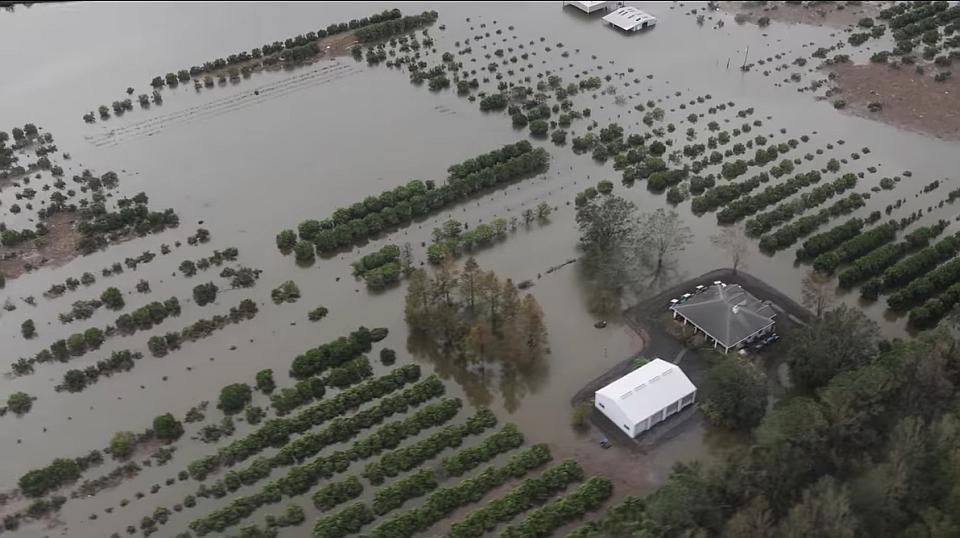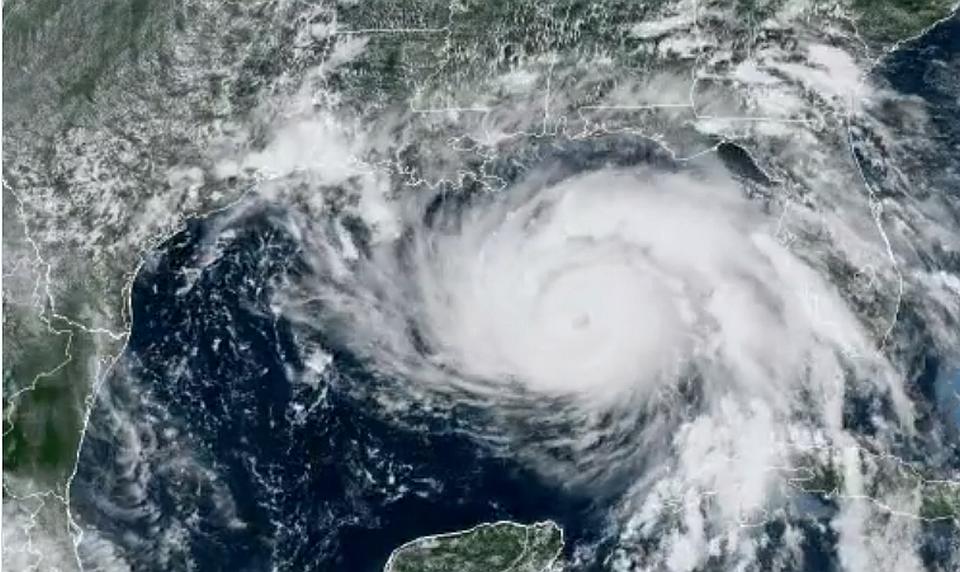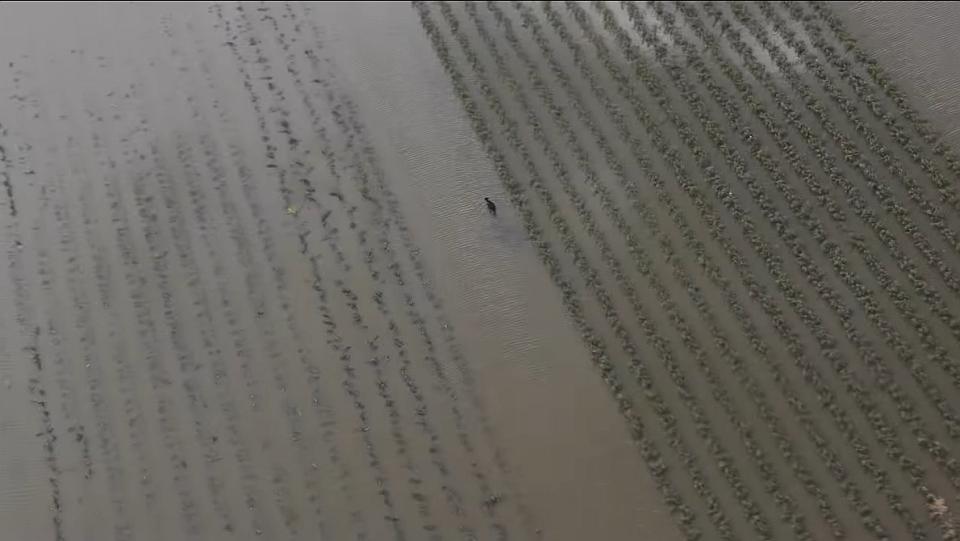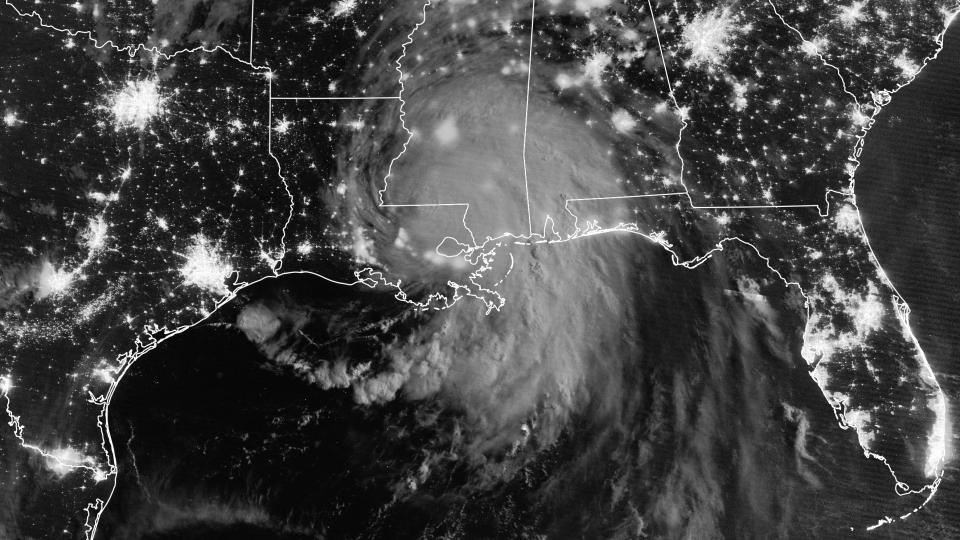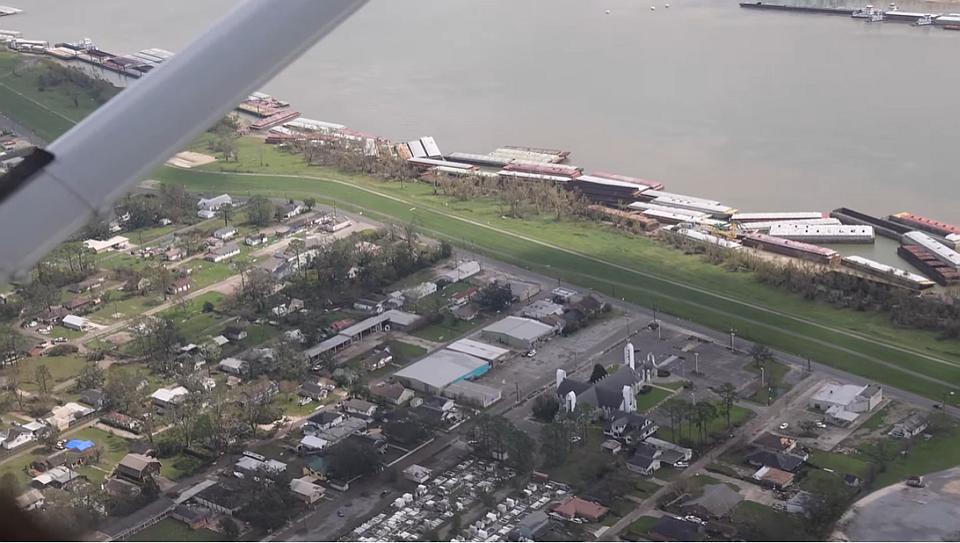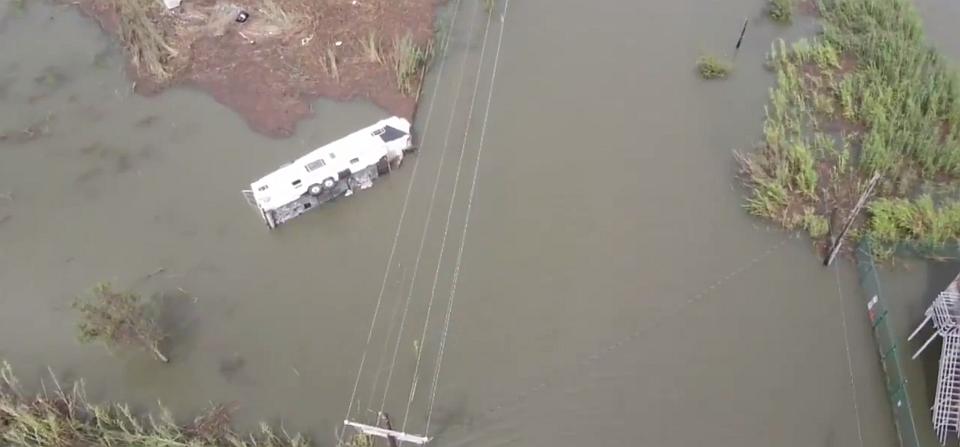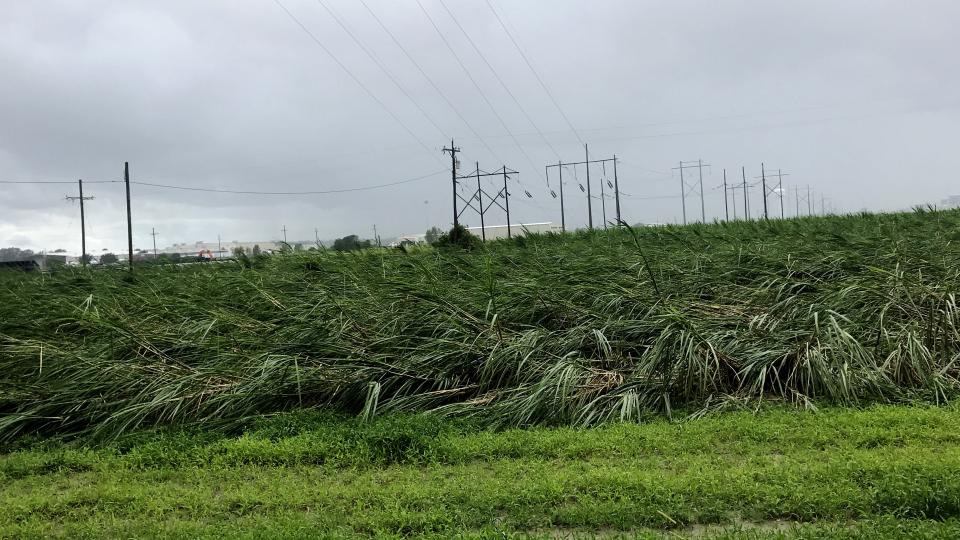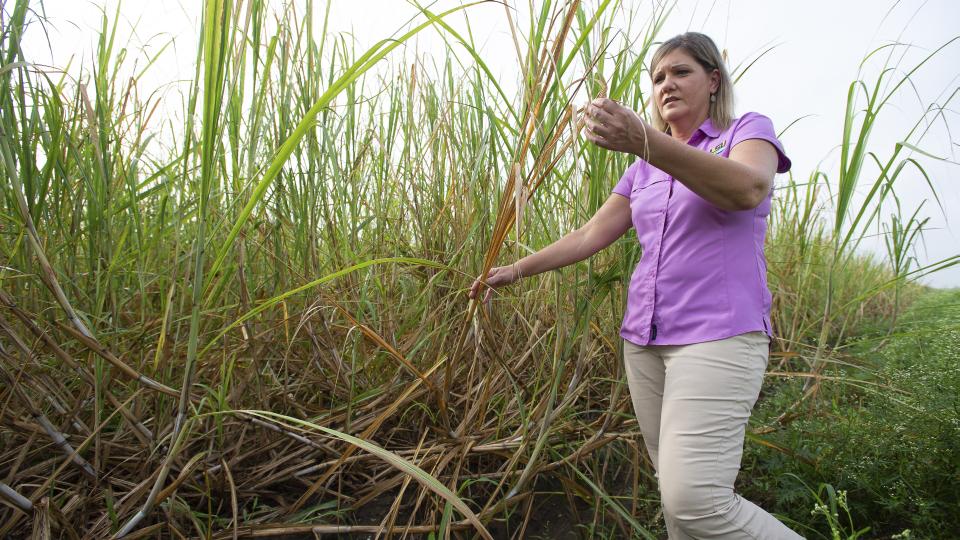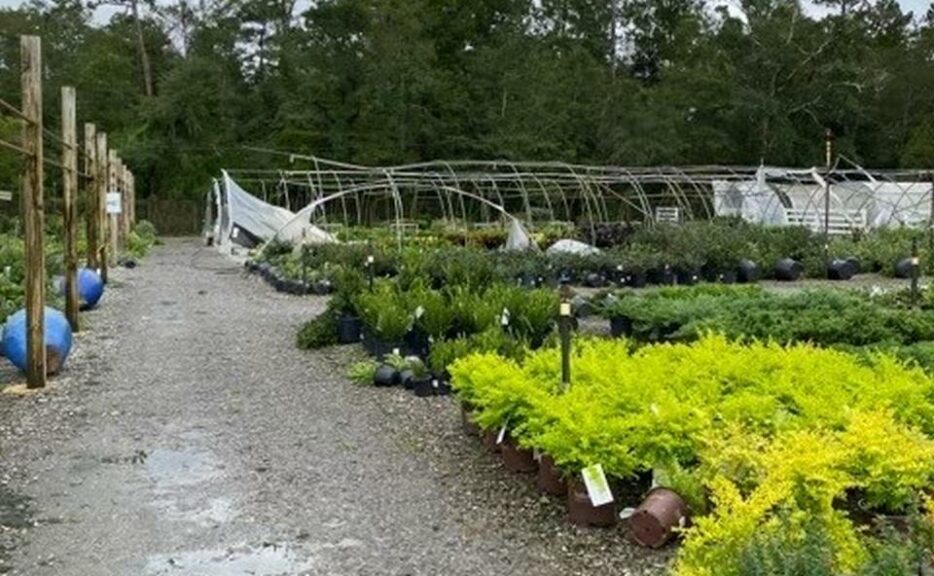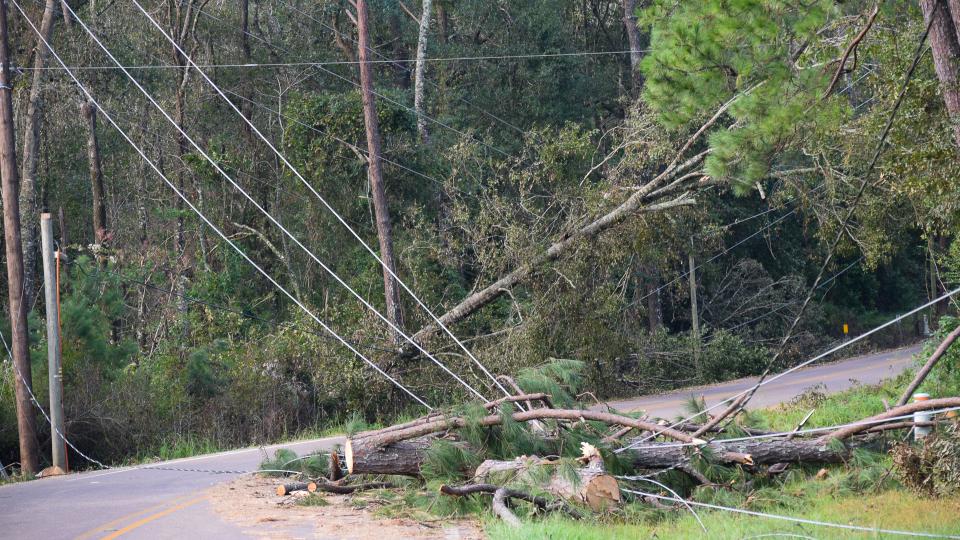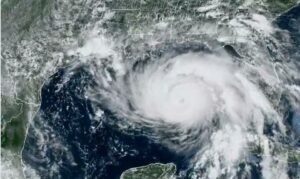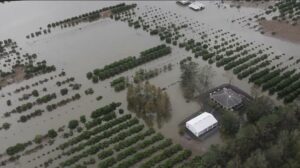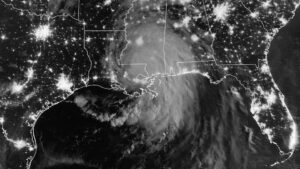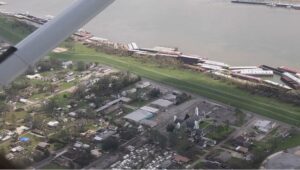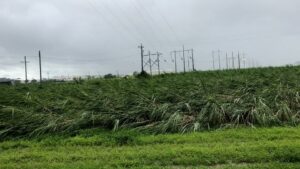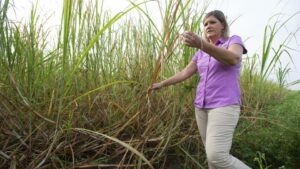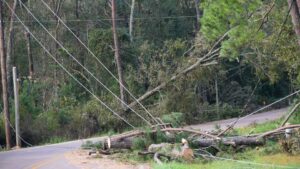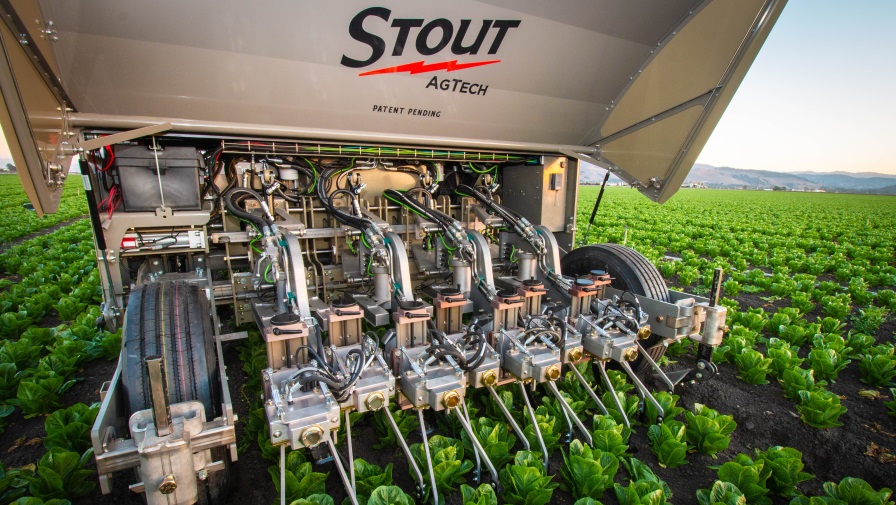Hurricane Ida Toll on Louisiana Ag Adds up to More than Half Billion in Damages
In any given hurricane season, all it takes is one to make it memorable. For folks who live and work in Louisiana, Hurricane Ida will go down in history for 2021 and beyond. The Category 4 storm not only flattened homes and businesses with 150+ mph winds and flooding surge, but also delivered a serious blow to many of the state’s agriculture producers.
LSU AgCenter Extension agents have been busy assessing damage and recovery from Hurricane Ida. The initial estimates for the industry are now in via a new report and indicating at least $584 million in damages.
Timber damage makes up about half that amount, LSU AgCenter Economist Kurt Guidry wrote in the report. Another 35% is attributable to the loss of infrastructure such as fences, machinery, equipment, and buildings. Sugarcane, fruit, vegetable, ornamental horticulture crops, and livestock were affected, too.
The $584 million figure includes Guidry’s estimates for impacts still in flux, such as reduced yields for crops that remained in the field during the storm and have not been harvested, and the potential for increased production costs.
Guidry compiled the document using information gathered by AgCenter Extension agents and commodity specialists around the state along with personnel with the Louisiana Department of Agriculture and Forestry and the U.S. Forest Service.
The storm has cost fresh produce and ornamental/horticulture growers at least $9.5 million, Guidry reported, most of which is tied to infrastructure damage.
“A lot of greenhouse roofs were damaged and need to be replaced,” says Will Afton, an AgCenter Extension agent based in St. Tammany Parish. “Plants were blown about, and the power outage really hit them hard. They need electricity to run irrigation pumps. Most have backup generators to use in this type of situation, but some of these devices hadn’t been used in a while, so kinks had to be worked out on the fly. It was a stressful situation.”
Most retail garden centers in Afton’s area are back up and running, he said. But they too had to deal with irrigation problems, plus power outages hampered financial transactions.
About 139,000 acres of sugarcane — a quarter of Louisiana’s total cane crop — are projected to have somewhat lower yields due to storm damage, Guidry says. He estimates the overall impact to sugarcane producers to be about $35.4 million.
Harvest season could be more difficult and time consuming than usual, which also can translate to greater costs. Guidry did not include impacts to sugar mills in his estimate, but he noted that some of these facilities will lose revenue due to hurricane damage and the interruption in operations.
Regarding the fallen timber, Louisiana is no stranger to the plight. Just last year, Hurricane Laura blew up the industry with damage estimates in excess of $1 billion.
Even multiple hours after making landfall, the storm remained strong and slowly made its way north through the rest of Louisiana, Mississippi, and other parts of the Mid-South. Several days later, what was left of Ida still had enough juice to dump historic rainfall across parts of the Northeast U.S. Portions of New Jersey, New York, and Pennsylvania were hit particularly hard by floods.
The Atlantic hurricane season officially ends on November 30.




